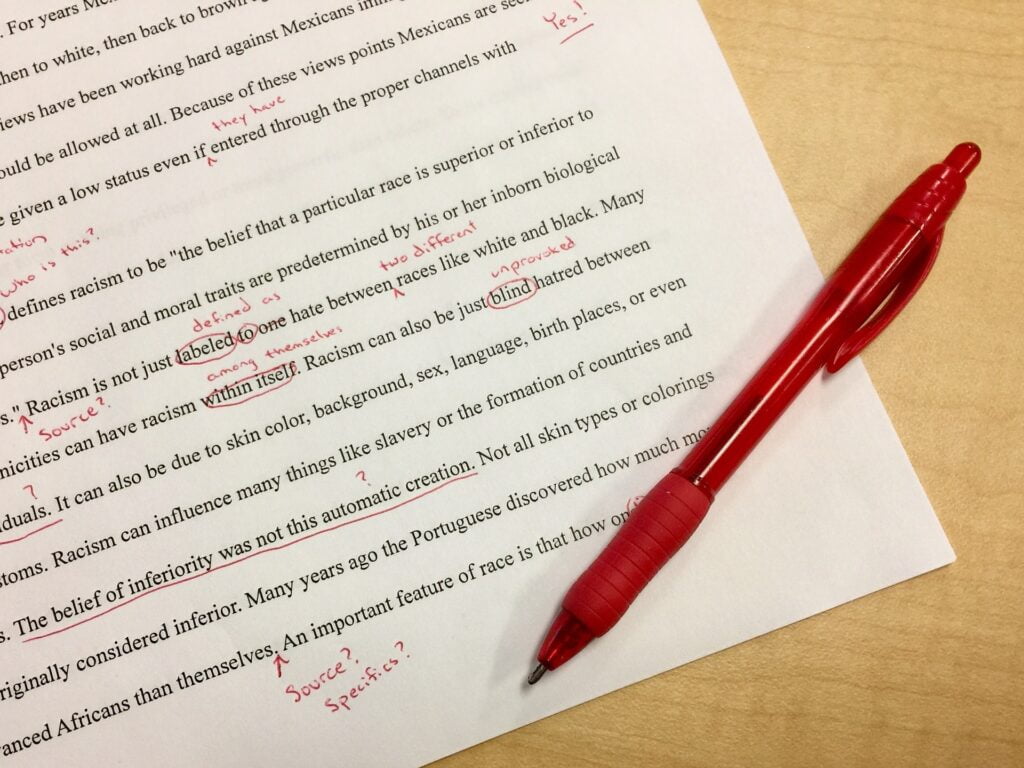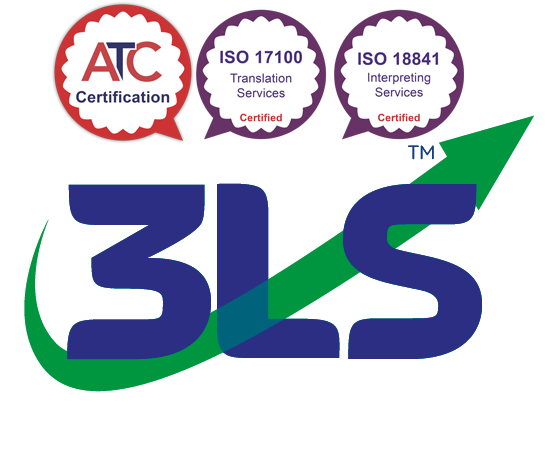Translation Proofreading & Back-translation
Expert translation proofreading services
& back-translation services…
… from experienced, professional mother-tongue translators.
So – what exactly is translation proofreading?
Translation proofreading is a review of text to ensure the translation accurately reflects the source, and to catch any errors. These range from simple typos that costt yuo creddibility (like that), to more serious errors such as skipped or untranslated text. The classic is omitting “not” (yes, it happens – and yes, we also proofread English translation).
Translation proofreading also corrects any misunderstanding of text. English is often ambiguous, and quite loosely structured – for example, there are 3 interpetations of “big orange box”…. If the translator isn’t really familiar with your material, mistranstation is all too easy. The importance of familiarity with content cannot be over-stated, and is exactly why you should build a long-term relationship with one provider, instead of bouncing between the cheapest quotes as inxperienced language buyers tend to do.
It also catches not quite right synonyms. All languages have words that mean almost, but not quite, the same thing. The impact of picking the wrong one can range from the grating to the hilarious, but is almost always unwanted.
Translation proofreading ensures it’s right.
Proofreading by our professional experienced mother-tongue translators improves accuracy and style, in English, Spanish, German, French , Dutch and many more.
So what’s the difference between translation proofreading and back-translation?
Back translation is about establishing – or not – confidence, and can be very revealing. Providing back-translation of a contract that a client had asked his agent to translate, much to the client’s surprise we found whole clauses had been re-written in the agent’s favour!
Back-translation can have serious impacts, particularly on the client’s relations with their other translation providers. It will potentially criticise another’s work, after all. That means only highly-trusted, professionally-qualified and above all experienced translators, mother-tongue in the source language, should back-translate. Experience matters because good translation doesn’t necessarily mean translating exactly – sometimes a much better text results from some deviation from the source, and experience will recognise that where the less-experienced will simply report an error. Here again, it’s essential to use a partner with a wide enough pool of good translators.

Pen and paper? Or screen and keyboard?
Many proofreaders actually prefer to work with pen and paper, then update the digital file once they’ve decided their preferred edits. The human eye picks up on not just the different text colour, but also the very different-looking handwriting, helping the proofreader to immediately see their changes.
Back-translation however is usually done on-screen, in the same way as ordinary translation. In fact, it IS ordinary translation; so back-translation of a text that was translated originally from French source to English target would be handled by a French translator, translating the English back into French.
Any examples of where proofreading was realy needed?
Oh yes. Heard of the Wicked Bible? Check it out, the Wikipedia page is excellent.
Or more recently, the most expensive typo in history is widely believed to be this one…
And there’s plenty more where those came from…
Get in touch
[contact-form-7 id=”2668″]If you need to know it’s right, just drop us some details above (in total confidence) and we’ll get straight back to you.
Or to chat over simply call our helpful team on UK Freefone 0800 783 4678 (Intnl 0044 1772 558858)
